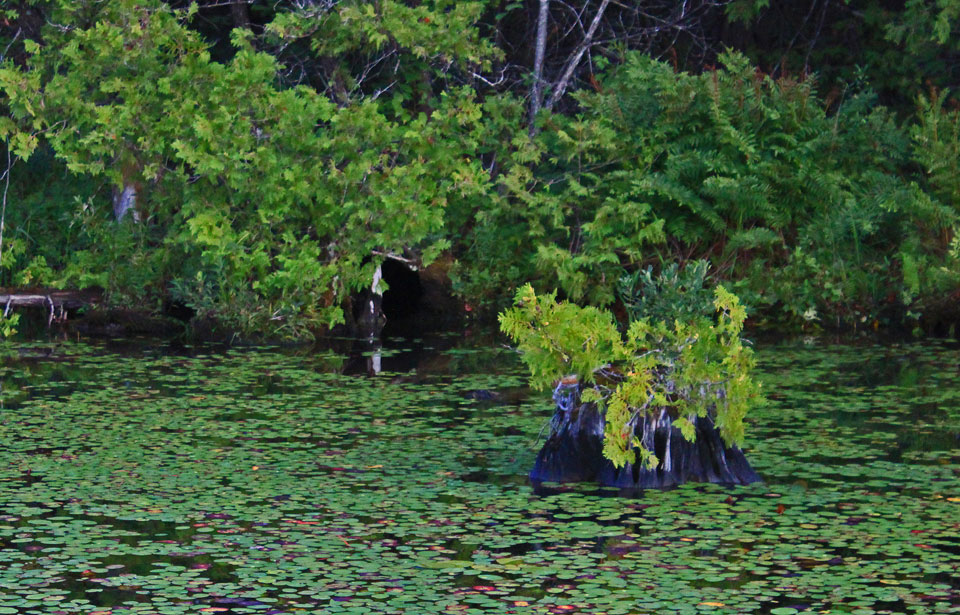Vernal pools are temporary wetlands formed in depressions, thanks to rain and melting spring snow. Some are puddlesized. Others, like prairie potholes, are relatively large. These short-lived soggy spots last anywhere from a few days to three or four months before drying up. Yet they are critical to the life cycles of many amphibians and invertebrates.
The imperilled mountain dusky salamander and great basin spadefoot toad both rely on vernal pools to reproduce. A host of other wildlife, like tiny, transparent fairy shrimp and water striders, also live part-time in vernal pools. As the water dries up, some inhabitants simply move on. With luck, tadpoles will now be tiny toads, ready to hop on to the next stage of their lives. Survival is a race against time for inhabitants of vernal pools. But the absence of predators, such as fish and reptiles found in permanent water bodies, makes the rush worthwhile.
To add to the challenge, these critical habitats are being paved over by spreading suburbs. Larger vernal pools, such as prairie potholes, are often considered wasted land and are, therefore, drained and cultivated. Elsewhere, vernal pools are “improved” by dredging and fish-stocking. Cattle and all-terrain vehicles can crush inhabitants and churn up mud, which clogs the gills of salamander larvae and developing tadpoles.
Vernal pools are not protected or even acknowledged by the Canadian Wetland Classification System. You can be a huge help to aquatic creatures by educating yourself and the public about these special spots. Ask naturalists and biologists for more information. Visit a vernal pool this spring. Prepare and distribute fact-sheets alerting landowners, developers, schools, and community groups about the importance of these habitats.



